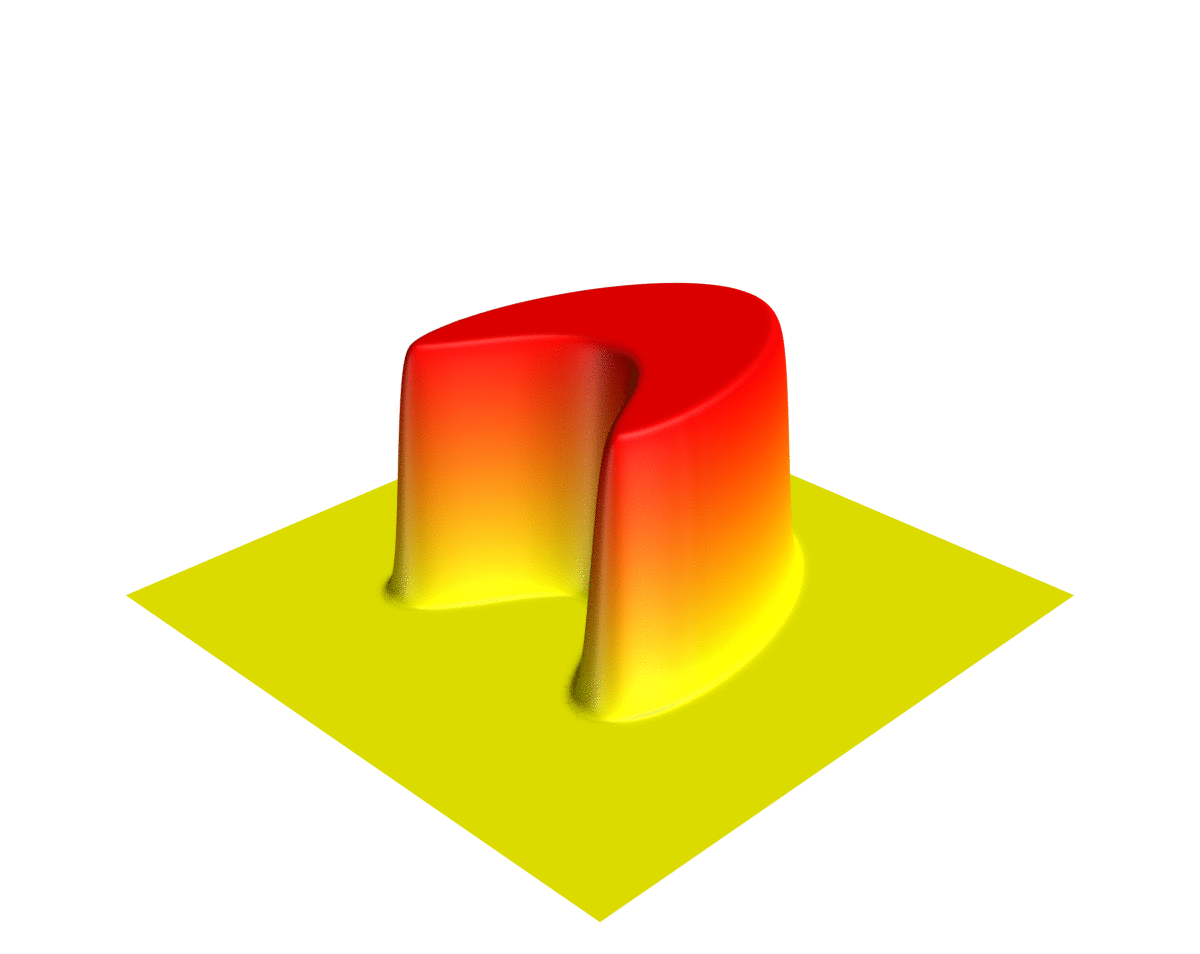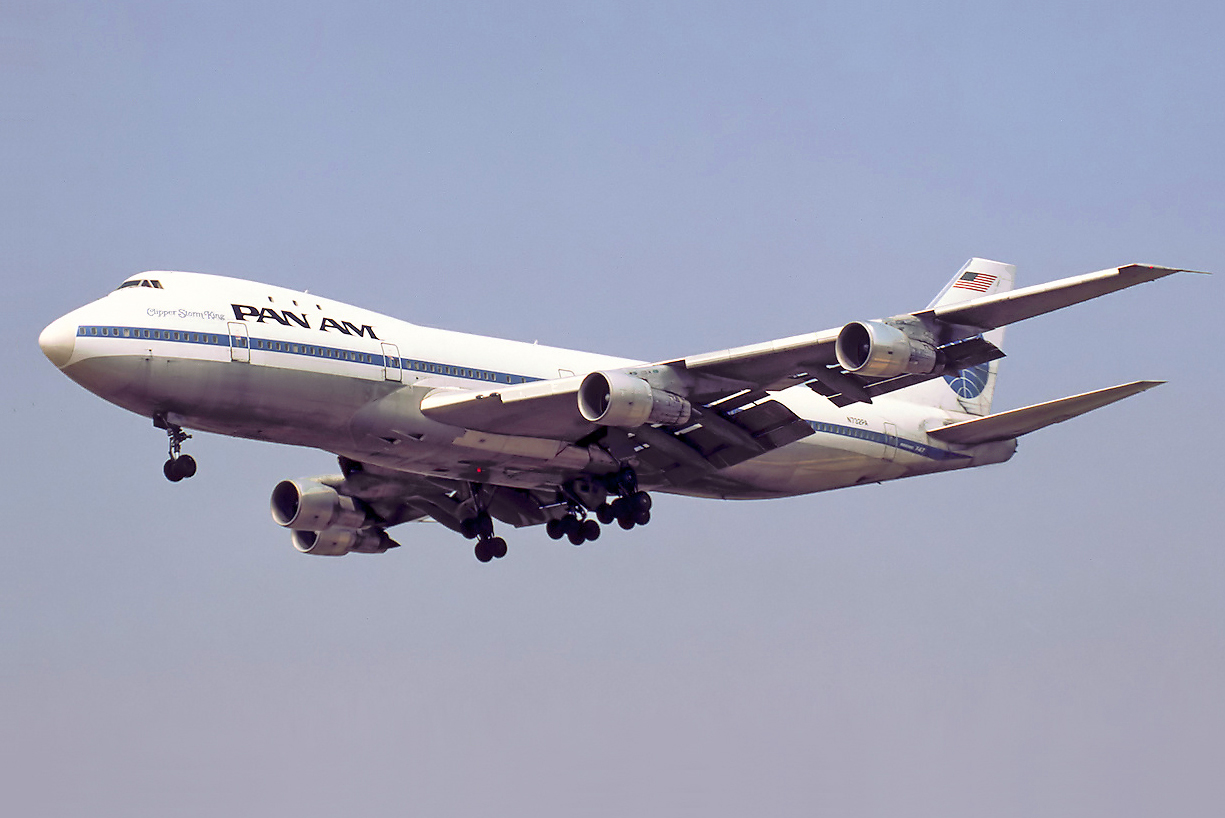|
Hodograph
A hodograph is a diagram that gives a vectorial visual representation of the movement of a body or a fluid. It is the locus of one end of a variable vector, with the other end fixed. The position of any plotted data on such a diagram is proportional to the velocity of the moving particle. It is also called a velocity diagram. It appears to have been used by James Bradley, but its practical development is mainly from Sir William Rowan Hamilton, who published an account of it in the ''Proceedings of the Royal Irish Academy'' in 1846. Applications It is used in physics, astronomy, solid and fluid mechanics to plot deformation of material, motion of planets or any other data that involves the velocities of different parts of a body. See Swinging Atwood's machine Meteorology In meteorology, hodographs are used to plot winds from soundings of the Earth's atmosphere. It is a polar diagram where wind direction is indicated by the angle from the center axis and its strength by the ... [...More Info...] [...Related Items...] OR: [Wikipedia] [Google] [Baidu] |
Laplace–Runge–Lenz Vector
In classical mechanics, the Laplace–Runge–Lenz (LRL) vector is a vector used chiefly to describe the shape and orientation of the orbit of one astronomical body around another, such as a binary star or a planet revolving around a star. For two bodies interacting by Newtonian gravity, the LRL vector is a constant of motion, meaning that it is the same no matter where it is calculated on the orbit; equivalently, the LRL vector is said to be '' conserved''. More generally, the LRL vector is conserved in all problems in which two bodies interact by a central force that varies as the inverse square of the distance between them; such problems are called Kepler problems. The hydrogen atom is a Kepler problem, since it comprises two charged particles interacting by Coulomb's law of electrostatics, another inverse-square central force. The LRL vector was essential in the first quantum mechanical derivation of the spectrum of the hydrogen atom, before the development of the Schr� ... [...More Info...] [...Related Items...] OR: [Wikipedia] [Google] [Baidu] |
William Rowan Hamilton
Sir William Rowan Hamilton LL.D, DCL, MRIA, FRAS (3/4 August 1805 – 2 September 1865) was an Irish mathematician, astronomer, and physicist. He was the Andrews Professor of Astronomy at Trinity College Dublin, and Royal Astronomer of Ireland, living at Dunsink Observatory. Hamilton's scientific career included the study of geometrical optics, ideas from Fourier analysis, and his work on quaternions which made him one of the founders of modern linear algebra. He made major contributions in optics, classical mechanics and abstract algebra. His work was fundamental to modern theoretical physics, particularly his reformulation of Newtonian mechanics, now called Hamiltonian mechanics. It is now central both to electromagnetism and to quantum mechanics. Early life Hamilton was the fourth of nine children born to Sarah Hutton (1780–1817) and Archibald Hamilton (1778–1819),Bruno (2003) who lived in Dublin at 29 Dominick Street, later renumbered to 36. Hamilton's fath ... [...More Info...] [...Related Items...] OR: [Wikipedia] [Google] [Baidu] |
Earth's Atmosphere
The atmosphere of Earth is the layer of gases, known collectively as air, retained by Earth's gravity that surrounds the planet and forms its planetary atmosphere. The atmosphere of Earth protects life on Earth by creating pressure allowing for liquid water to exist on the Earth's surface, absorbing ultraviolet solar radiation, warming the surface through heat retention ( greenhouse effect), and reducing temperature extremes between day and night (the diurnal temperature variation). By mole fraction (i.e., by number of molecules), dry air contains 78.08% nitrogen, 20.95% oxygen, 0.93% argon, 0.04% Carbon dioxide in Earth's atmosphere, carbon dioxide, and small amounts of other gases. Air also contains a variable amount of Water vapor#Water vapor in Earth's atmosphere, water vapor, on average around 1% at sea level, and 0.4% over the entire atmosphere. Air composition, temperature, and atmospheric pressure vary with altitude. Within the atmosphere, air suitable for use in ... [...More Info...] [...Related Items...] OR: [Wikipedia] [Google] [Baidu] |
Visual Calculus
Visual calculus, invented by Mamikon Mnatsakanian (known as Mamikon), is an approach to solving a variety of integral calculus problems. Many problems that would otherwise seem quite difficult yield to the method with hardly a line of calculation, often reminiscent of what Martin Gardner called "aha! solutions" or Roger Nelsen a proof without words. Description Mamikon devised his method in 1959 while an undergraduate, first applying it to a well-known geometry problem: find the area of a ring (annulus), given the length of a chord tangent to the inner circumference. Perhaps surprisingly, no additional information is needed; the solution does not depend on the ring's inner and outer dimensions. The traditional approach involves algebra and application of the Pythagorean theorem. Mamikon's method, however, envisions an alternate construction of the ring: first the inner circle alone is drawn, then a constant-length tangent is made to travel along its circumference, "sweeping out ... [...More Info...] [...Related Items...] OR: [Wikipedia] [Google] [Baidu] |
Partial Differential Equation
In mathematics, a partial differential equation (PDE) is an equation which imposes relations between the various partial derivatives of a multivariable function. The function is often thought of as an "unknown" to be solved for, similarly to how is thought of as an unknown number to be solved for in an algebraic equation like . However, it is usually impossible to write down explicit formulas for solutions of partial differential equations. There is, correspondingly, a vast amount of modern mathematical and scientific research on methods to numerically approximate solutions of certain partial differential equations using computers. Partial differential equations also occupy a large sector of pure mathematical research, in which the usual questions are, broadly speaking, on the identification of general qualitative features of solutions of various partial differential equations, such as existence, uniqueness, regularity, and stability. Among the many open questions are the e ... [...More Info...] [...Related Items...] OR: [Wikipedia] [Google] [Baidu] |
Advection
In the field of physics, engineering, and earth sciences, advection is the transport of a substance or quantity by bulk motion of a fluid. The properties of that substance are carried with it. Generally the majority of the advected substance is also a fluid. The properties that are carried with the advected substance are conserved properties such as energy. An example of advection is the transport of pollutants or silt in a river by bulk water flow downstream. Another commonly advected quantity is energy or enthalpy. Here the fluid may be any material that contains thermal energy, such as water or air. In general, any substance or conserved, extensive quantity can be advected by a fluid that can hold or contain the quantity or substance. During advection, a fluid transports some conserved quantity or material via bulk motion. The fluid's motion is described mathematically as a vector field, and the transported material is described by a scalar field showing its distribution ... [...More Info...] [...Related Items...] OR: [Wikipedia] [Google] [Baidu] |
Thermal Wind
The thermal wind is the vector difference between the geostrophic wind at upper altitudes minus that at lower altitudes in the atmosphere. It is the hypothetical vertical wind shear that would exist if the winds obey geostrophic balance in the horizontal, while pressure obeys hydrostatic balance in the vertical. The combination of these two force balances is called ''thermal wind balance'', a term generalizable also to more complicated horizontal flow balances such as gradient wind balance''.'' Since the geostrophic wind at a given pressure level flows along geopotential height contours on a map, and the geopotential thickness of a pressure layer is proportional to virtual temperature, it follows that the thermal wind flows along thickness or temperature contours. For instance, the thermal wind associated with pole-to-equator temperature gradients is the primary physical explanation for the jet stream in the upper half of the troposphere, which is the atmospheric layer exte ... [...More Info...] [...Related Items...] OR: [Wikipedia] [Google] [Baidu] |
Temperature
Temperature is a physical quantity that expresses quantitatively the perceptions of hotness and coldness. Temperature is measured with a thermometer. Thermometers are calibrated in various temperature scales that historically have relied on various reference points and thermometric substances for definition. The most common scales are the Celsius scale with the unit symbol °C (formerly called ''centigrade''), the Fahrenheit scale (°F), and the Kelvin scale (K), the latter being used predominantly for scientific purposes. The kelvin is one of the seven base units in the International System of Units (SI). Absolute zero, i.e., zero kelvin or −273.15 °C, is the lowest point in the thermodynamic temperature scale. Experimentally, it can be approached very closely but not actually reached, as recognized in the third law of thermodynamics. It would be impossible to extract energy as heat from a body at that temperature. Temperature is important in all fields of na ... [...More Info...] [...Related Items...] OR: [Wikipedia] [Google] [Baidu] |
Aviation
Aviation includes the activities surrounding mechanical flight and the aircraft industry. ''Aircraft'' includes fixed-wing and rotary-wing types, morphable wings, wing-less lifting bodies, as well as lighter-than-air craft such as hot air balloons and airships. Aviation began in the 18th century with the development of the hot air balloon, an apparatus capable of atmospheric displacement through buoyancy. Some of the most significant advancements in aviation technology came with the controlled gliding flying of Otto Lilienthal in 1896; then a large step in significance came with the construction of the first powered airplane by the Wright brothers in the early 1900s. Since that time, aviation has been technologically revolutionized by the introduction of the jet which permitted a major form of transport throughout the world. Etymology The word ''aviation'' was coined by the French writer and former naval officer Gabriel La Landelle in 1863. He derived the term from ... [...More Info...] [...Related Items...] OR: [Wikipedia] [Google] [Baidu] |
Hazard
A hazard is a potential source of harm. Substances, events, or circumstances can constitute hazards when their nature would allow them, even just theoretically, to cause damage to health, life, property, or any other interest of value. The probability of that harm being realized in a specific ''incident'', combined with the magnitude of potential harm, make up its risk, a term often used synonymously in colloquial speech. Hazards can be classified in several ways; they can be classified as natural, anthropogenic, technological, or any combination, such as in the case of the natural phenomenon of wildfire becoming more common due to human-made climate change or more harmful due to changes in building practices. A common theme across many forms of hazards in the presence of stored energy that, when released, can cause damage. The stored energy can occur in many forms: chemical, mechanical, thermal hazards and by the populations that may be affected and the severity of the associat ... [...More Info...] [...Related Items...] OR: [Wikipedia] [Google] [Baidu] |
Turbulence
In fluid dynamics, turbulence or turbulent flow is fluid motion characterized by chaotic changes in pressure and flow velocity. It is in contrast to a laminar flow, which occurs when a fluid flows in parallel layers, with no disruption between those layers. Turbulence is commonly observed in everyday phenomena such as surf, fast flowing rivers, billowing storm clouds, or smoke from a chimney, and most fluid flows occurring in nature or created in engineering applications are turbulent. Turbulence is caused by excessive kinetic energy in parts of a fluid flow, which overcomes the damping effect of the fluid's viscosity. For this reason turbulence is commonly realized in low viscosity fluids. In general terms, in turbulent flow, unsteady vortices appear of many sizes which interact with each other, consequently drag due to friction effects increases. This increases the energy needed to pump fluid through a pipe. The onset of turbulence can be predicted by the dimensionless Rey ... [...More Info...] [...Related Items...] OR: [Wikipedia] [Google] [Baidu] |







